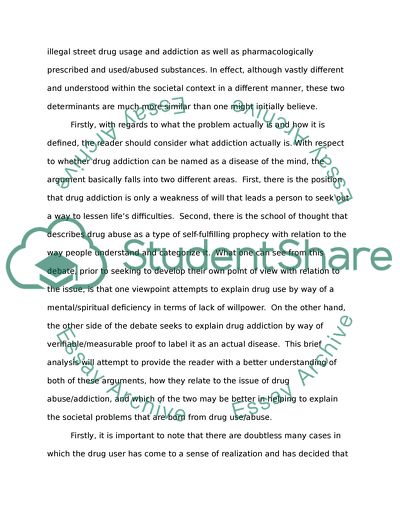Cite this document
(Drug Abuse and Addiction Case Study Example | Topics and Well Written Essays - 2091 words, n.d.)
Drug Abuse and Addiction Case Study Example | Topics and Well Written Essays - 2091 words. Retrieved from https://studentshare.org/health-sciences-medicine/1621871-prescription-drugs-abuse-such-as-the-opioids-class-morphine-hydrocodone-etc
Drug Abuse and Addiction Case Study Example | Topics and Well Written Essays - 2091 words. Retrieved from https://studentshare.org/health-sciences-medicine/1621871-prescription-drugs-abuse-such-as-the-opioids-class-morphine-hydrocodone-etc
(Drug Abuse and Addiction Case Study Example | Topics and Well Written Essays - 2091 Words)
Drug Abuse and Addiction Case Study Example | Topics and Well Written Essays - 2091 Words. https://studentshare.org/health-sciences-medicine/1621871-prescription-drugs-abuse-such-as-the-opioids-class-morphine-hydrocodone-etc.
Drug Abuse and Addiction Case Study Example | Topics and Well Written Essays - 2091 Words. https://studentshare.org/health-sciences-medicine/1621871-prescription-drugs-abuse-such-as-the-opioids-class-morphine-hydrocodone-etc.
“Drug Abuse and Addiction Case Study Example | Topics and Well Written Essays - 2091 Words”, n.d. https://studentshare.org/health-sciences-medicine/1621871-prescription-drugs-abuse-such-as-the-opioids-class-morphine-hydrocodone-etc.


